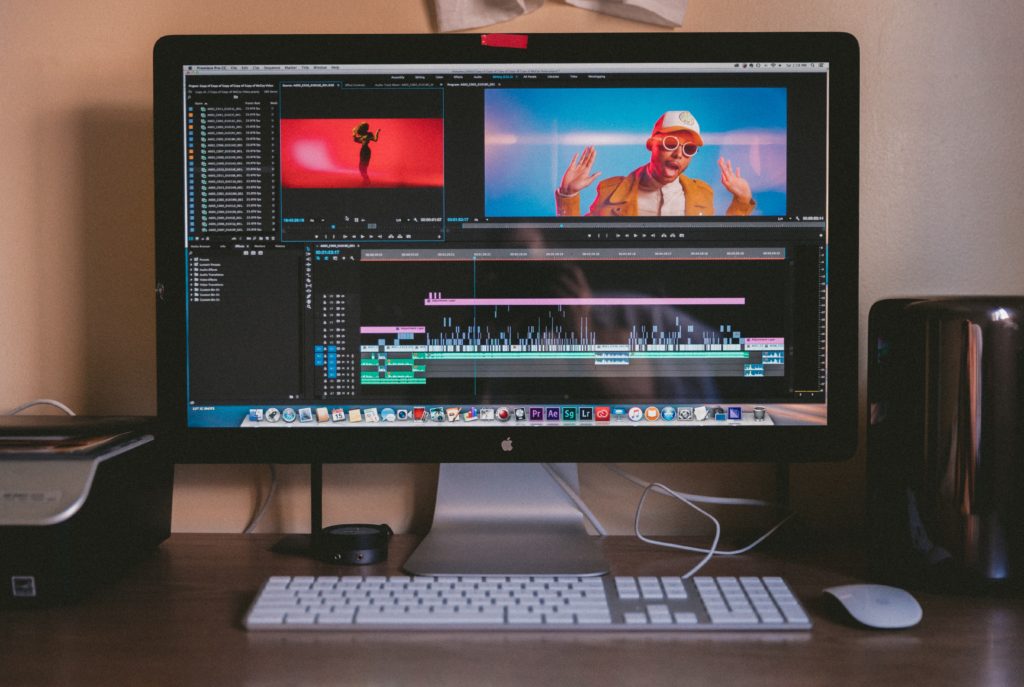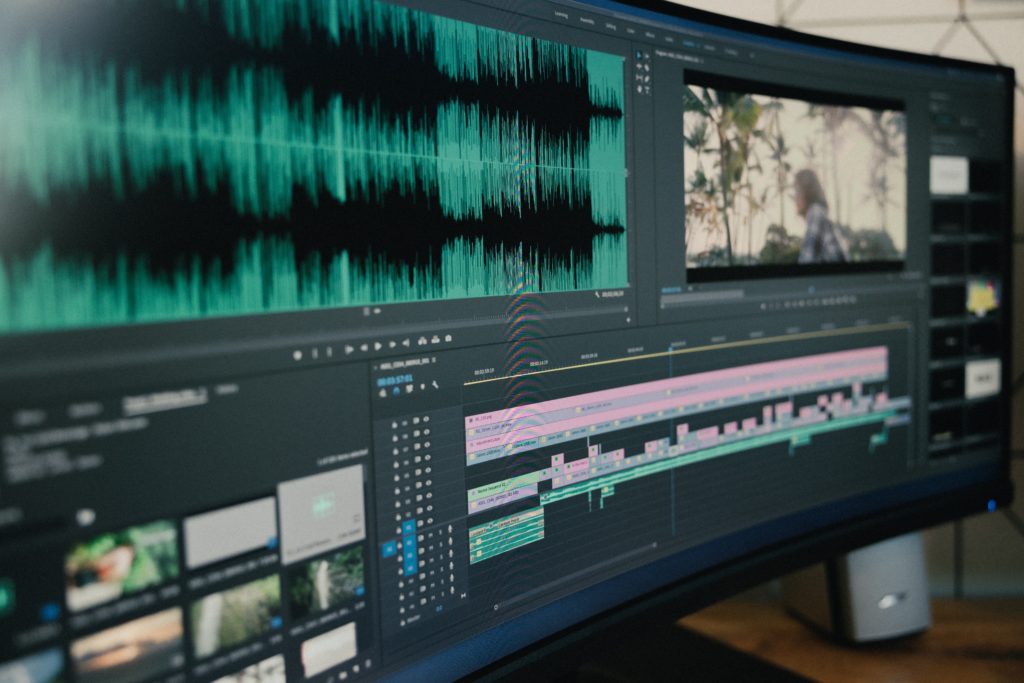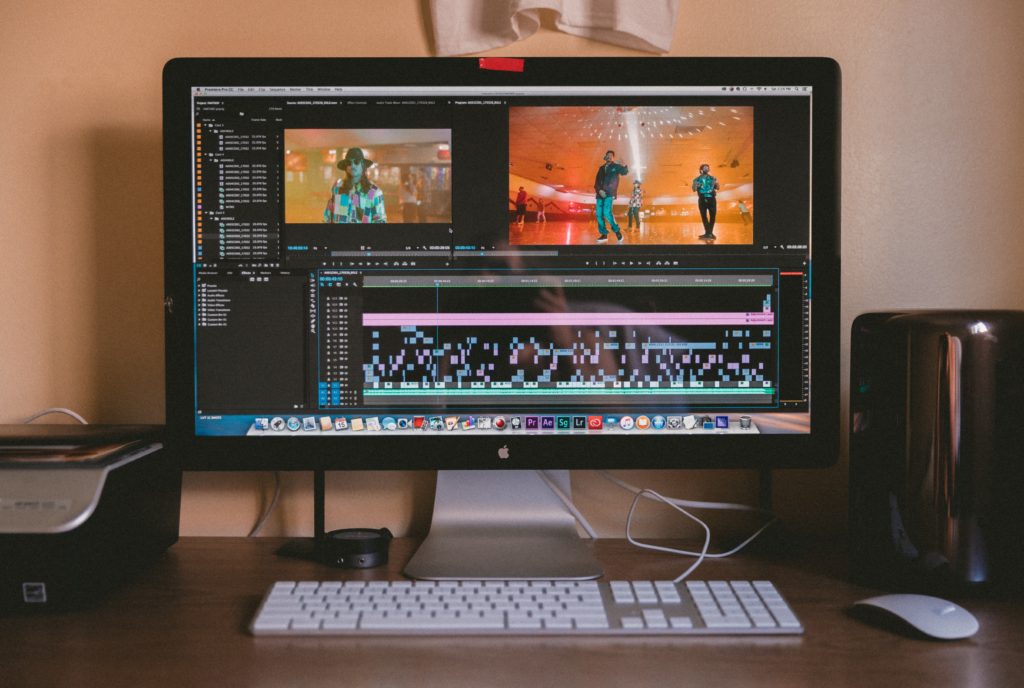Table of Contents
Traditional Editing
Traditional film editing is true editing. After the photographic plate is processed, a set of working samples are to be produced, and the samples are used for editing. The editor selects the necessary lenses and films from a large number of samples, cuts the film with scissors, and then uses adhesive strips or glue to cut them. Glue them together, and then watch the effect of the editing on the editing stage.
This process of cutting and sticking must be repeated continuously until the effect of the party constitution is finally obtained. Although this process seems primitive, this splicing is truly non-linear. The editor does not have to work sequentially from beginning to end, because he can cut the dailies in the middle, insert a shot, or cut out some pictures at any time, without affecting the entire film.

But this method is powerless for the production of many techniques. The editor cannot make an overlay between the two shots, nor can he adjust the color of the picture. All these techniques can only be done during the printing process. At the same time, the manual operation efficiency of scissors and paste is also very low.
Digital Editing
Computer-based digital non-linear editing technology has greatly developed editing methods. This technology records material to a computer and uses the computer to edit. It uses the non-linear mode of movie editing, but replaces the manual operation of scissors and paste with simple mouse and keyboard operations. The editing results can be played back immediately, so the efficiency is greatly improved.
At the same time, it can not only provide all the special effects of various editing machines, but also provide complex special effects that the editing machines can’t do through the expansion of software and hardware.

Digital non-linear editing not only combines the advantages of traditional film and TV editing, but also further develops it, which is a major advancement in film and television editing technology.
Since the 1980s, digital non-linear editing has gradually replaced traditional methods in film production and has become the standard method of film editing. In China, the use of digital non-linear editing for film editing is still a matter of recent years, but it has developed rapidly, and most directors have realized its advantages.
Stunt lens
With the rapid development of film and television production technology, post-production has assumed a very important responsibility: the production of special effects shots. A special effect lens is a lens that cannot be obtained by direct shooting.

Early film and television special effects were mostly done through traditional methods such as model making, special effects photography, optical synthesis, etc., mainly in the shooting stage and the printing process.
The use of computers provides more and better methods for special effects, and also enables many special effects that had to be done using models and photography methods in the past to be completed by computers, so more special effects have become post-production work.
Significance of post-production
The film and television post-production has a very important position in the entire film production, and it is a module that integrates the pre-production, and is also the final module, so it will solve the shortcomings encountered in the pre-production and the problems that cannot be solved in the early stage, and it is also the most difficult A link.
The reason why the blue-green screen matting technology is used in post-production is to better synthesize some things in the later stage, and not to remove the unnecessary things in the scene from the mechanical mask, in order to improve efficiency and quality.

Prospects
In 2012, when the financial crisis swept across all economic fields around the world, the film industry ushered in a warm spring. According to the promotion of national policies, the film and television culture industry was thriving. At present, many traditional TV stations, film and television companies, and large-scale websites are moving closer to the digital film and television industry, recruiting a large number of professional film and television talents. In accordance with the ever-increasing market demand, higher and higher technical and artistic requirements, the demand for high-end talents in the later stage of film and television is increasing. However, there are still many newbies who have just entered the industry with inexperience, which makes it difficult for film and television companies to recruit people, and it is also difficult for ordinary film and television staff to find jobs. But on the whole, the vigorous development of the film and television industry will inevitably promote the continuous improvement of the quality of talents in the national film and television industry.
Data surveys show that the average salary of freshmen in the film and television industry is $2500-$4000. After 2 years, the average salary is as high as $8000-$15000. Taking the salary of fresh graduates as an example, the salary of choreographer and planning is generally around $3000-$6000, the salary of videography and lighting engineer is around $3500-5000, and the salary of film and television post-production is around $3000-5000.
In addition, film and television companies often consider their own strength, creative ideas, and willingness to learn when recruiting talents. Diploma has become a secondary thing. As a film and television post-production staff, it is necessary to bear loneliness and be passionate about this industry to continue walking in this industry.
